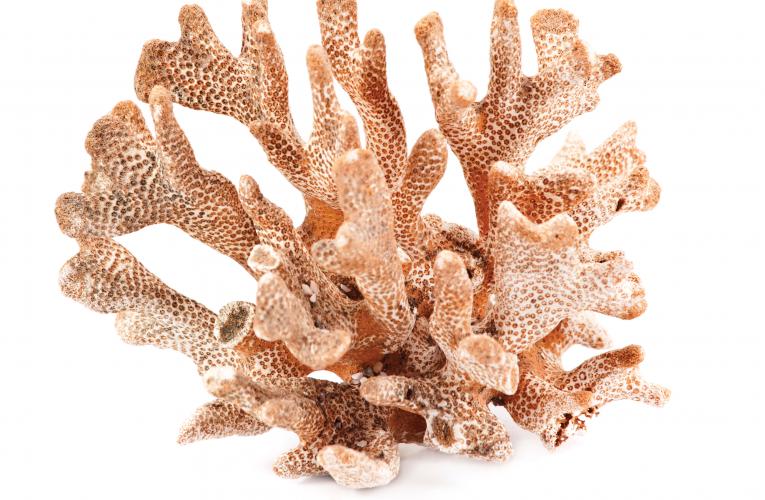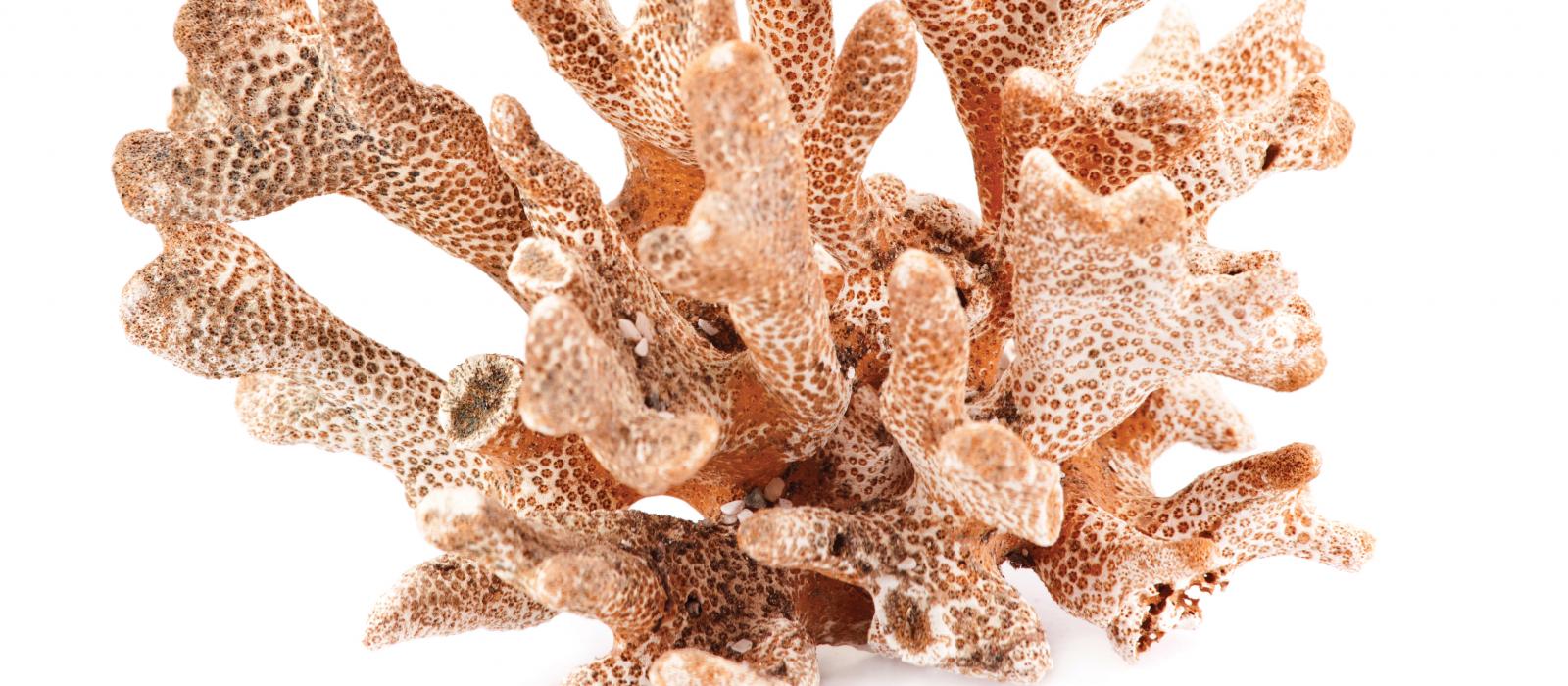Tim Lucas
(919) 613-8084
tdlucas@duke.edu
Scientists have long known that marine animals mistakenly eat plastic debris because the tiny bits of floating plastic look like prey.
But a Duke University study of plastic ingestion by corals suggests there may be an additional reason for the potentially harmful behavior.
The plastic just plain tastes good.
“Corals in our experiments ate all types of plastics but preferred unfouled microplastics by a threefold difference over microplastics covered in bacteria. This suggests the plastic itself contains something that makes it tasty,” says Austin S. Allen, a Nicholas School PhD student.
“When plastic come from the factory, it has hundreds of chemical additives on it. Any one of these chemicals or a combination of them could be acting as a stimulant that makes plastic appealing to corals,” says Alexander C. Seymour, a geographic information systems analyst at Duke’s Marine Robotics and Remote Sensing Center, who co-led the study with Allen.
Visual cues, such as a resemblance to prey, don’t factor into the appeal, the researchers noted, because corals have no eyes.
Further research will be needed to identify the specific additives that make the plastic so tasty to corals and determine if the same chemicals act as feeding stimulants to other marine species.
Allen and Seymour’s peer-reviewed study was published in the online edition of the journal Marine Pollution Bulletin (Oct. 23, 2017).
Microplastics, tiny pieces of weathered plastic less than 5 millimeters in diameter, began accumulating in the oceans four decades ago and are now ubiquitous in the marine environment. They pose a major threat to foraging sea animals, including many species of birds, turtles, fish, marine mammals and invertebrates.
Because plastic is largely indigestible, it can lead to intestinal blockages, false satiation or reduced energy reserves in animals that consume it. It also can leach hundreds of chemical compounds into their bodies and the surrounding environment. The biological effects of most of these compounds are still unknown, but some, such as phthalates, are confirmed environmental estrogens and androgens.
Daniel Rittschof, Norman L. Christensen Professor of Environmental Sciences, co-authored the new paper. Funding for the research came from the Oak Foundation. Allen and Seymour both earned Master of Environmental Management degrees from the Nicholas School in 2016.




